Hidden Egypt
I have found through extensive research (amongst a random group of friends) that quite a few people once shared a childhood dream of becoming an archaeologist, inspired by endless documentaries about one of the world’s most prominent civilisations: the ancient Egyptians.
So Egypt, of course, needs very little introduction and will always be a major tourist destination. Regardless of what happens in the world, people will always feel an attraction to this treasure trove of history. When a country is this popular, it can come with its downsides.
I have always considered that it might be a little too ‘touristy’ for my liking. But that became the very purpose of my visit: to find out how can I plan holidays to Egypt for travellers looking to escape the well-trodden tourist path, as well as visit the main highlights with fewer crowds. I knew it could be done…
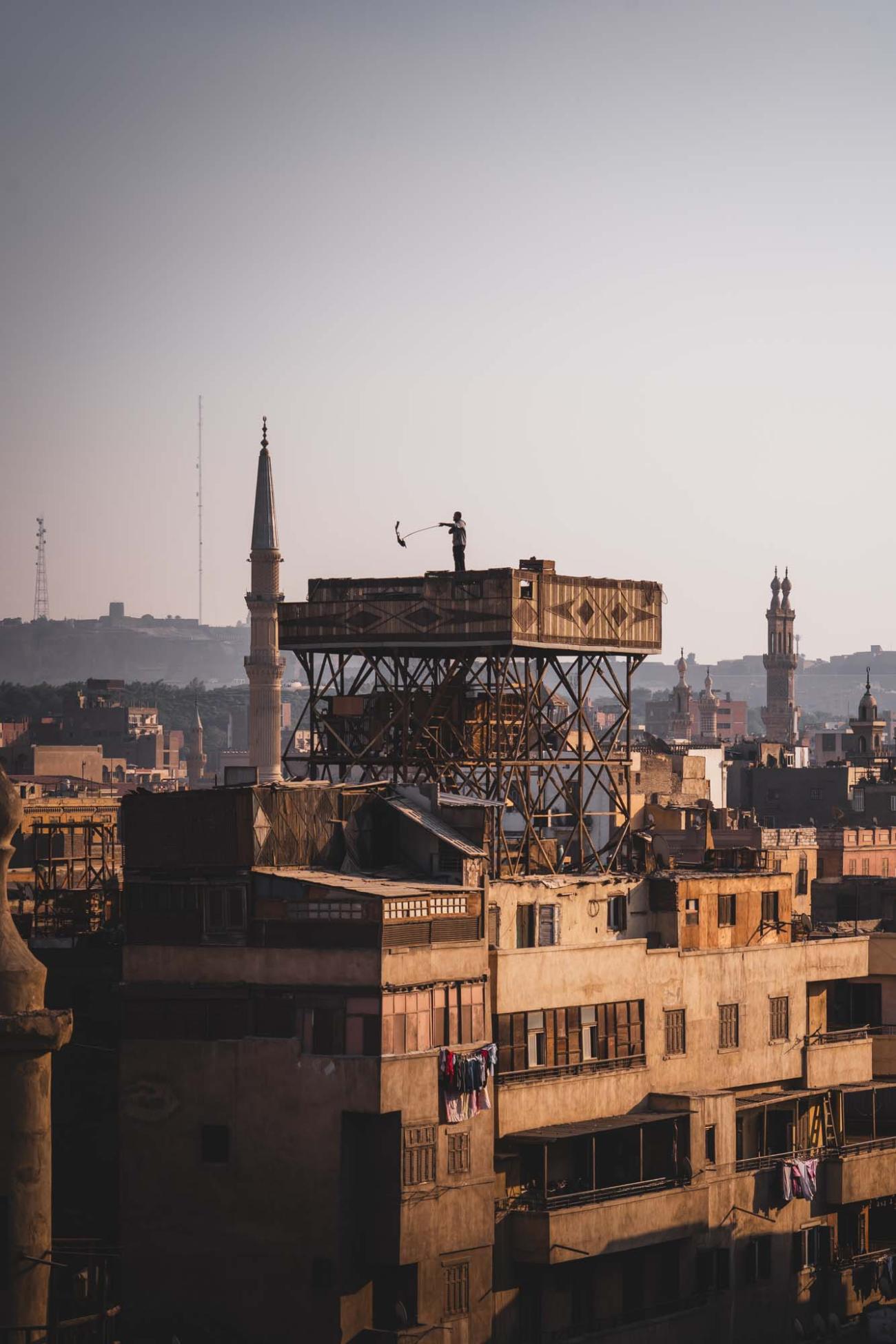
CAIRO
Escaping the masses is very difficult in a city with an estimated population of 22 million, Cairo is Egypt’s capital - the loudly beating (and honking) heart of the country.
On a typical Cairo itinerary, you would visit the Pyramids one day and then the next would be a city tour. Essential places to see are the old Egyptian Museum, the Coptic Christian Quarter, Old Cairo’s Islamic district with the famous Khan el Khalili market and El Moez Street. The latter was recently quoted in National Geographic Magazine as “the greatest concentration of Medieval architecture in the Islamic world, El Moez Street serves as a free walkable museum.”
My insider tip is to have a late lunch (camel meat anyone?) or afternoon snack at the beautiful Riad Hotel de Charme’s top-floor restaurant ‘Zeeyara’ from where you can witness Cairo’s incredible skyline and enjoy some free entertainment - the local pigeon keepers hold a fierce competition on the rooftops with their flocks of pigeons.
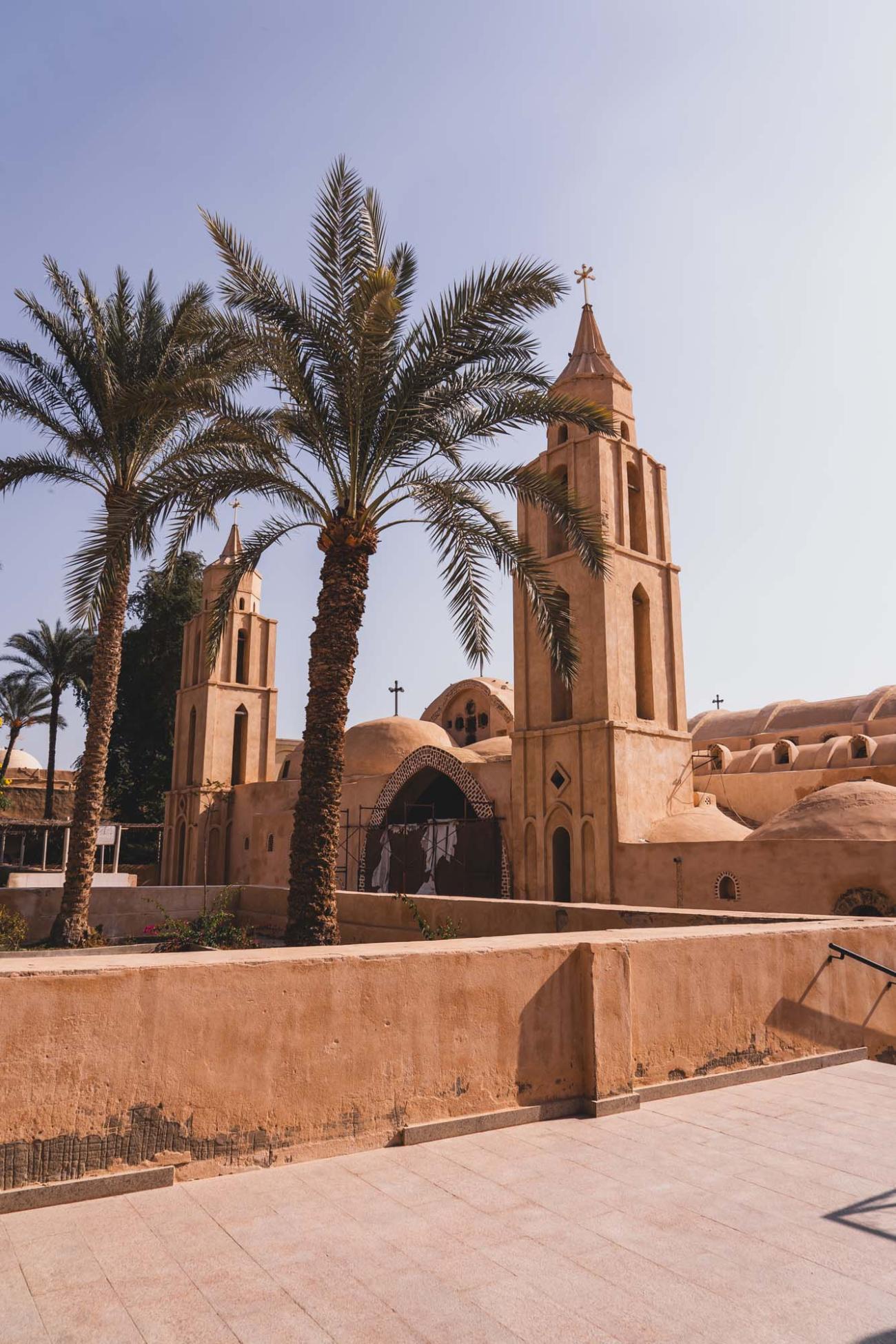
ALEXANDRIA
To experience an authentic Egyptian city, head north to Alexandria.
The legendary city by the Mediterranean Sea is just under a three-hour drive away from Cairo and a one or two-night stay here is perfect for seeing the sights.
At night, the city doesn’t slow down and the seaside Corniche fills up with locals chatting and enjoying snacks such as roasted sweet potatoes. The city is very popular for domestic tourism, especially in the summer months, so it has a real Egyptian feel to it.
On the way back to Cairo, make sure to stop at the Wadi Natrun monasteries, some of the oldest in the world as they date back to the 4th Century AD and are still inhabited by Coptic monks today.
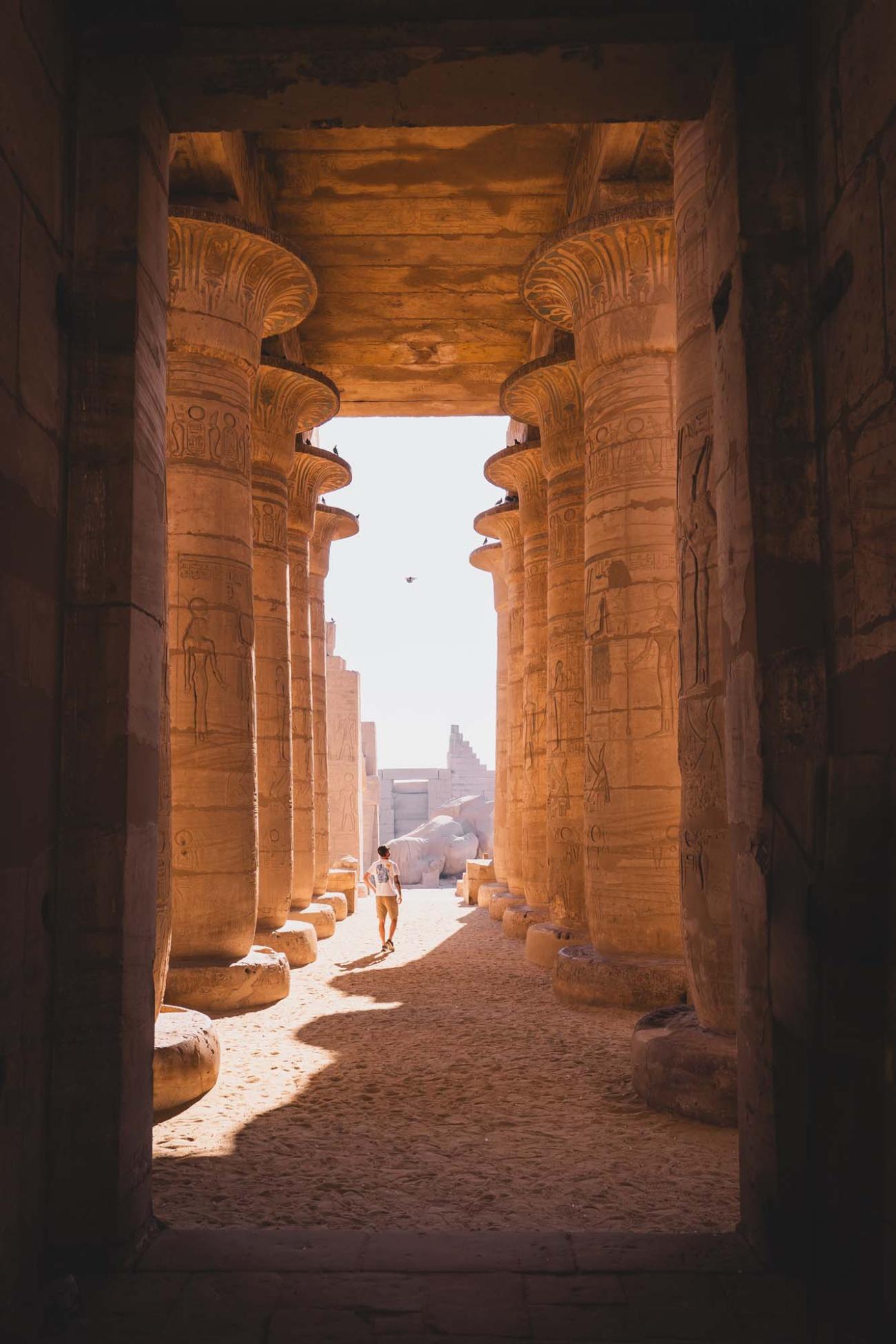
LUXOR
Luxor is perhaps the most visited city in Egypt and is one of the largest open-air museums in the world. For good reason, the masses are drawn to this epicentre of history but there are still ways to get those sites (almost) to yourself.
A typical Luxor trip will focus on the Valley of the Kings and Queens, Temple of Hatshepsut, Karnak and Luxor Temples. They can be done within a pretty full-on day or ideally over two days. With these main sites, the key is timing! Karnak Temple, for example, is epic when visited in the early morning and you’ll be able to take unobstructed photos of the most impressive hypostyle hall you’ll ever see.
But that’s where it stops for most visitors. While Luxor has another dozen sites, very few of them are actually on the itineraries of a typical Egypt trip.
Ever heard of Medinet Habu, Deir al Medina, Valley of the Nobles, or Ramesseum? These sites are as spectacular as the bigger names and having many of these nearly to yourself leaves a deep impression. The colouring in some areas of the Medinet Habu temple looks as if it was painted yesterday and no queuing is required to get into the richly decorated tombs in the workers’ village of Deir al Medina.

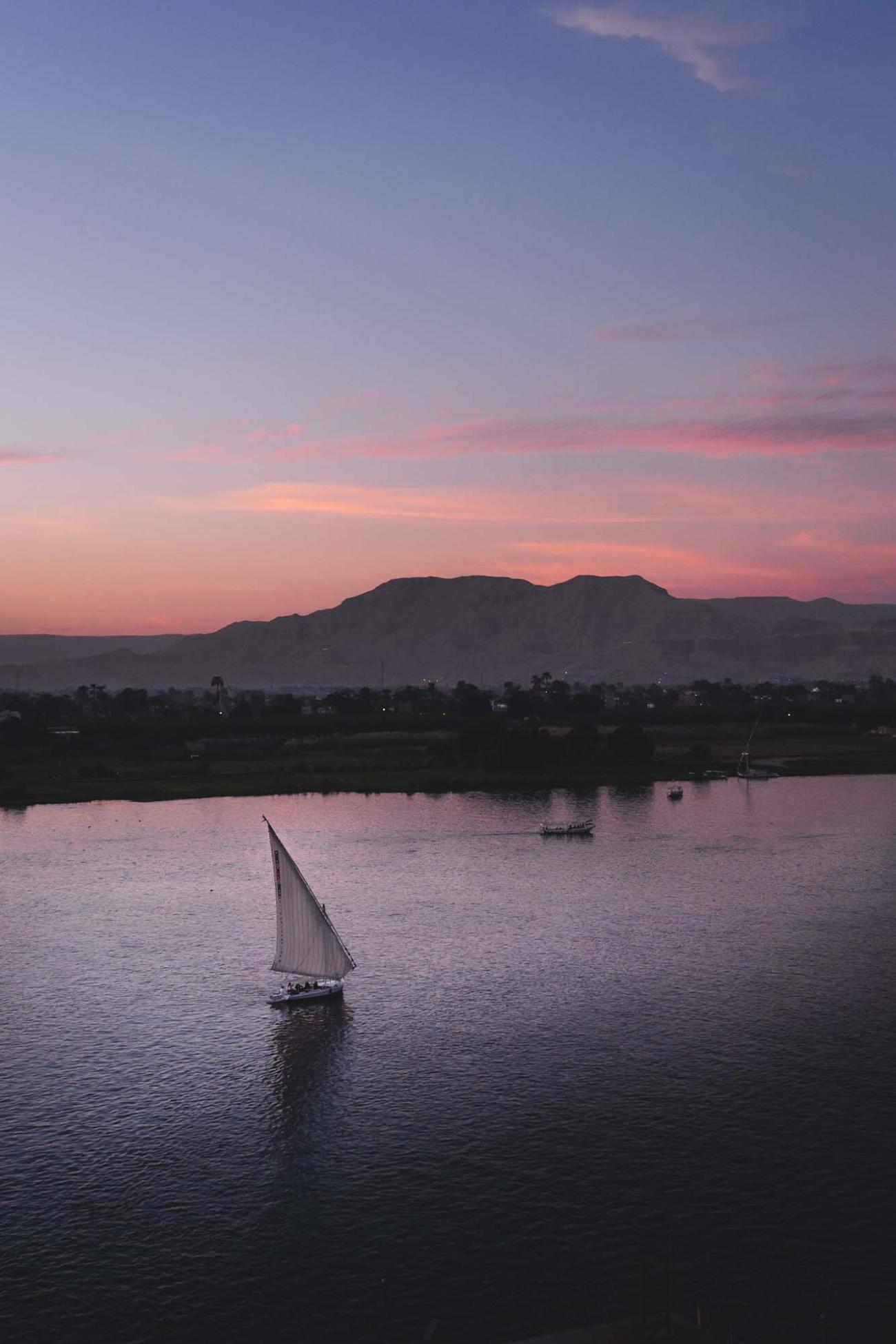
Extra tip: if you have another day to spare, the little-visited temples of Dendera and Abydos are perfectly possible to see on a day trip from Luxor.
Aswan
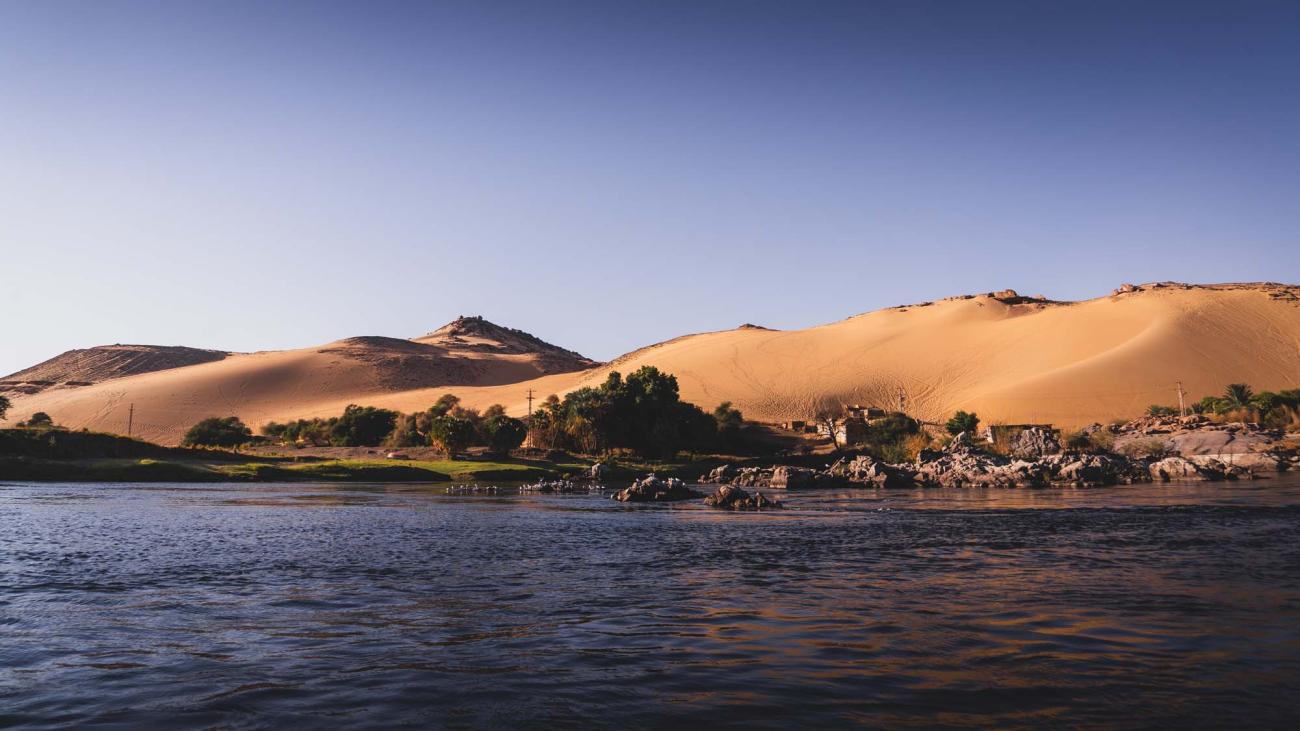
Even deeper south lies the (much quieter) city of Aswan. The Nile here feels a bit wilder and the many islands in the middle of the river are very photogenic.
If you want peace and quiet, why not stay in the luxurious Ben Ben Hotel, away from the city on its own private island? Additionally, many of the rooms have a view of the Nile and the incredible Philae Temple – waking up with a view of an ancient Egyptian Temple comes very close to my idea of paradise!
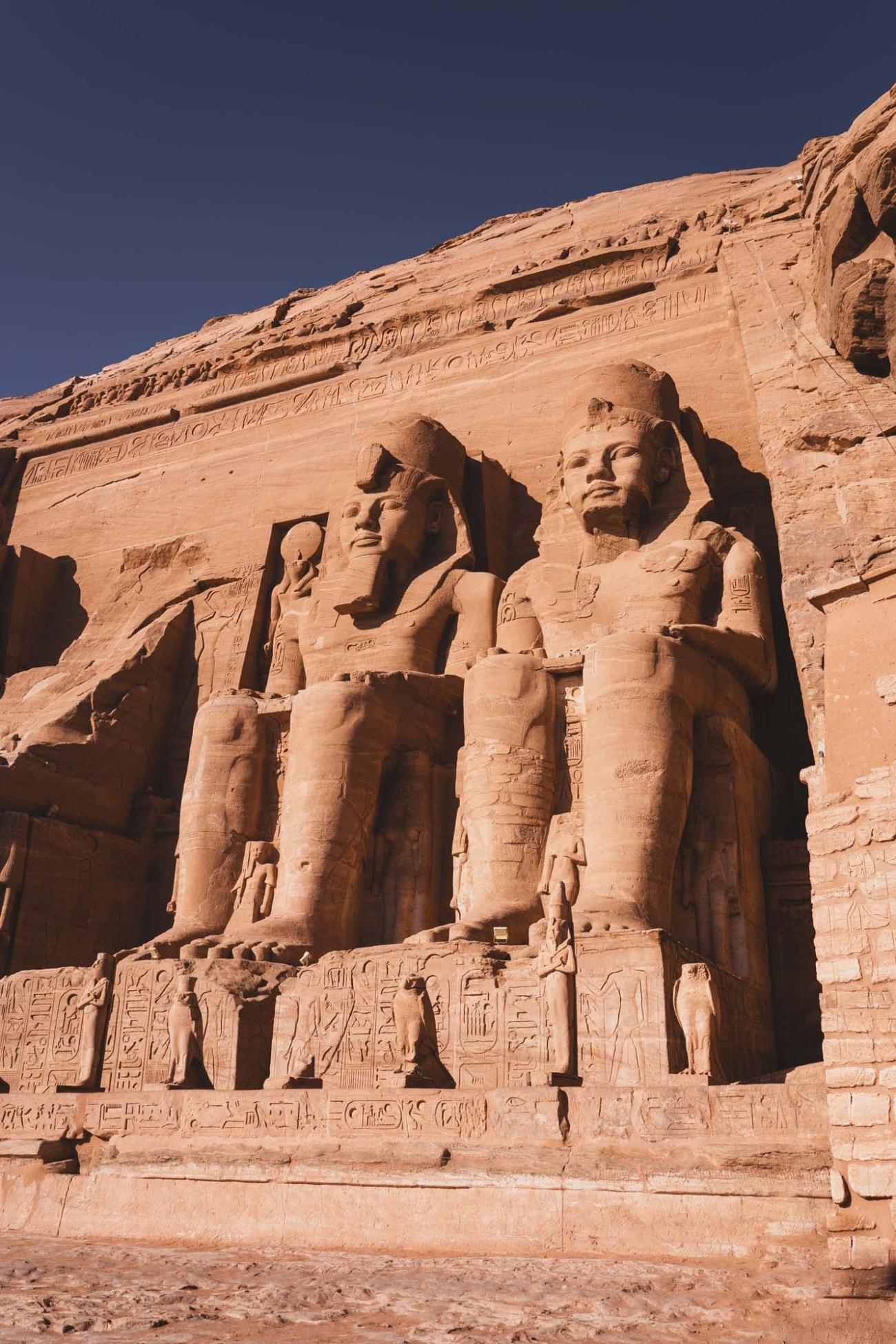
ABU SIMBEL
The famous temples of Abu Simbel, which were moved up to protect them from the rising waters after building the High Dam at Aswan, are typically visited on an early morning tour from and to Aswan. This means waking up around 03:30 am to make it to the temple by 08:30 am – which is typically when the other day trippers reach the site, too. This can make it feel quite congested and there may even be long queues to get inside the temples.
But fear not, there are still ways to see this magnificent site without sharing it with thousands of others.
If solitude is a priority for you, stay at one of the great hotels nearby and visit the place in the afternoon (after the groups have left) and again for sunrise the following day (before the groups have arrived).
If time is of the essence, you can still visit Abu Simbel as a day trip from Aswan but arrive later in the day to drive back in the late afternoon.
